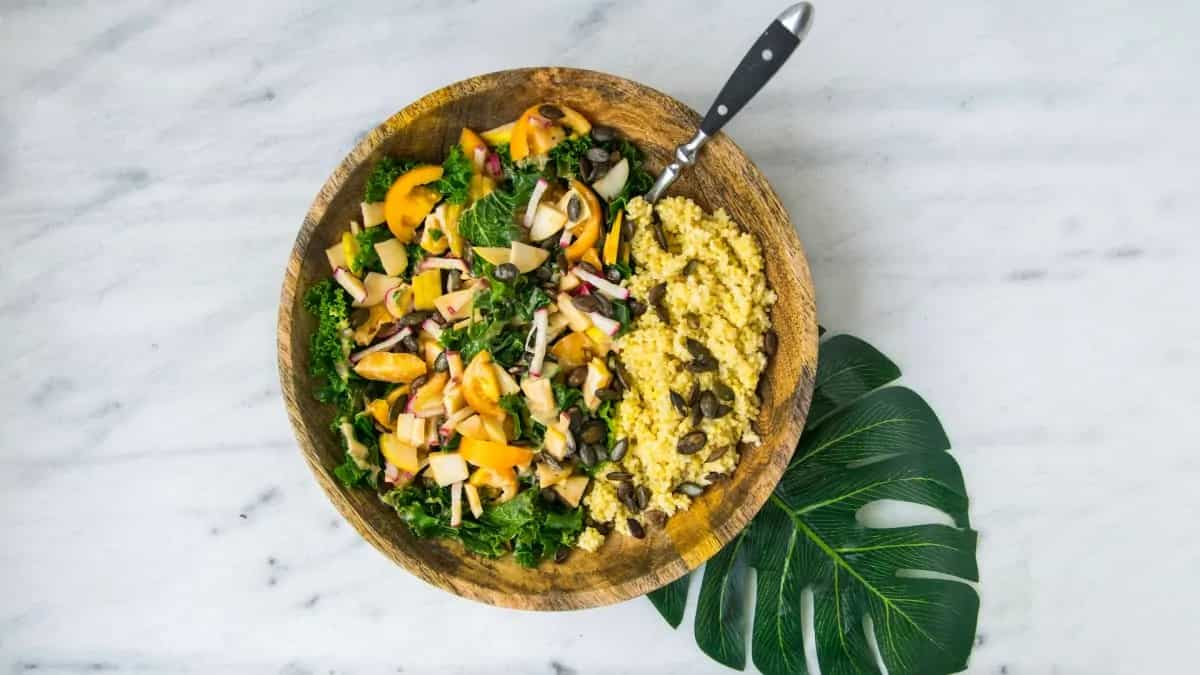Shreya Goswami
Updated:Dec 11, 2023
You might have heard traditionally that eating millets like bajra and ragi during winters is a great practice for health, but have you ever wondered why? From ancient Ayurvedic recommendations to modern-day ones by nutritionists, here is every reason you need to add more millets to your diet this winter.

Image Credit: Unsplash
Firstly, it is important to understand that millets are widely used to make regional dishes like bhakris and khichdi throughout the year in many parts of the country. But while these dishes are made with lighter millets like jowar or sorghum and samai or little millet in summers, when the digestive system slows down due to high temperature outside, the opposite happens during winters. Winters are therefore the ideal time to explore heavier, warmer millets like bajra or pearl millet and ragi or finger millet. And this tradition is based around concepts of Ayurveda that have been passed down the generations.
Video Credit: YouTube/Manju’s Kitchen
Millets & Their Nutritive Value For Winter Consumption
Nisha Singh, Clinical Nutritionist, Integrative Sports Dietitian, Founder of NutriWellness by Nisha Singh, explains that contemporary nutritionists and health experts are finally catching up to the benefits of eating millets in winter for their nutritive value, especially in colder regions. “Millets are a very good source of fibre, packed with micronutrients like iron, calcium, zinc, potassium, etc and protein,” she explains. “Traditionally, in winters you don’t get fresh crops in regions which experience very cold winters, where the reliance has always been on these resilient crops known as millets.”

Millet Cooking Method And Proportion Matters
However, Singh explains, not all millets are made the same and generate the same amount of body heat and energy. “My top picks for winter are bajra, ragi, makai and amaranth,” she says. “Bajra is not recommended for consumption in summers because of their heat, but they are perfect for winters. And when it comes to cooking these millets, the ideal method is the one used in Rajasthan and Gujarat, where they make Raab out of bajra, ragi and other flours. You can also make rotis and bhakris, or add the millets in khichdi. You can also make laddoos out of these millets for a quick bite.”
Video Credit: YouTube/Dr Khadar Lifestyle
